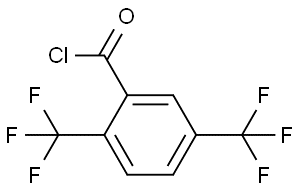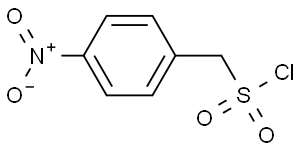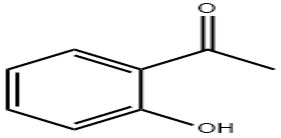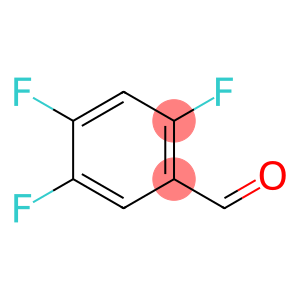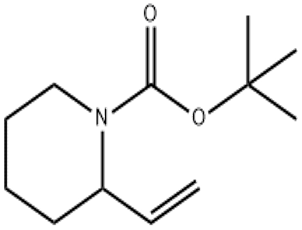2 5-bis(trifluoromethyl)benzoyl chloride(CAS# 393-82-8)
| Hazard Symbols | C – Corrosive |
| Risk Codes | 34 – Causes burns |
| Safety Description | S26 – In case of contact with eyes, rinse immediately with plenty of water and seek medical advice. S36/37/39 – Wear suitable protective clothing, gloves and eye/face protection. S45 – In case of accident or if you feel unwell, seek medical advice immediately (show the label whenever possible.) |
| UN IDs | UN 3265 8/PG 2 |
| WGK Germany | 3 |
| Hazard Note | Corrosive/Lachrymatory |
| Hazard Class | 8 |
| Packing Group | III |
Introduction
2,5-bis(trifluoromethyl)benzoyl chloride is an organic compound with the chemical formula C9H2ClF6O. It is a colorless liquid with a pungent odor. The following is a detailed description of the nature, use, preparation and safety information of 2,5-bis(trifluoromethyl)benzoyl chloride:
Nature:
-Appearance: colorless liquid
-Molecular weight: 250.56g/mol
-Boiling Point: 161-163°C
-Melting point:-5°C
-Density: 1.51g/cm³
-Refractive Index: 1.4450(20°C)
Use:
2,5-bis(trifluoromethyl)benzoyl chloride is an important reagent and is widely used in many organic synthesis reactions. It can be used to synthesize compounds with a variety of functions, such as ketones, ethers, esters, azides, etc. It can also be used as an intermediate in the synthesis of drugs.
Preparation Method:
In general, the preparation of 2,5-bis(trifluoromethyl)benzoyl chloride can be obtained by reacting 2,5-bis-trifluoromethylbenzoic acid with an excess of thionyl chloride (SO2Cl2). The reaction needs to be carried out at an appropriate temperature, and drying and gas purification treatment are required.
Safety Information:
2,5-bis(trifluoromethyl)benzoyl chloride is an irritating compound that may be irritating to the eyes, skin, and respiratory tract. Care should be taken to avoid contact during use and to ensure that it is operated in a well-ventilated place. Avoid inhaling its vapors and avoid swallowing it or touching internal organs. Wear appropriate protective gloves, goggles and protective clothing during use. In case of accidental contact, rinse immediately with plenty of water and seek medical assistance. In use and storage, should follow the relevant safety procedures.


